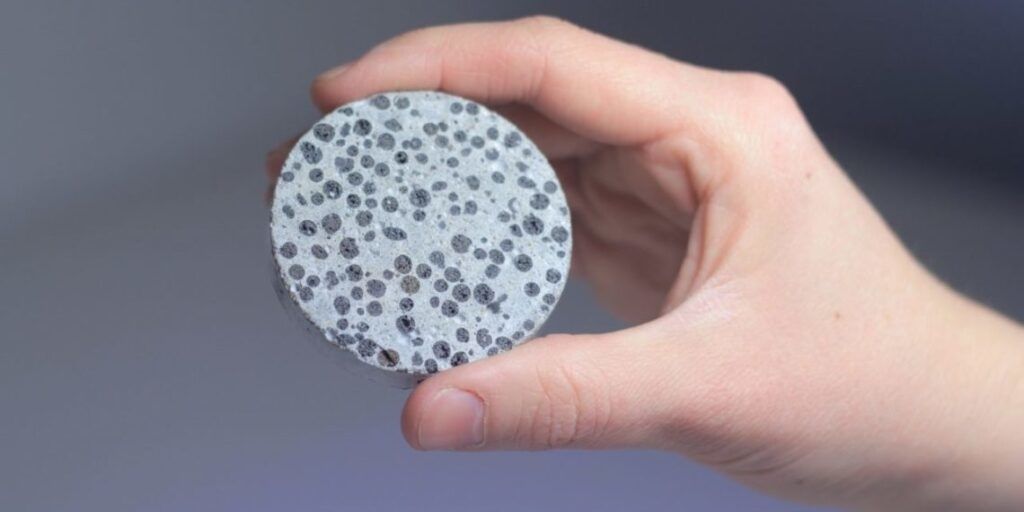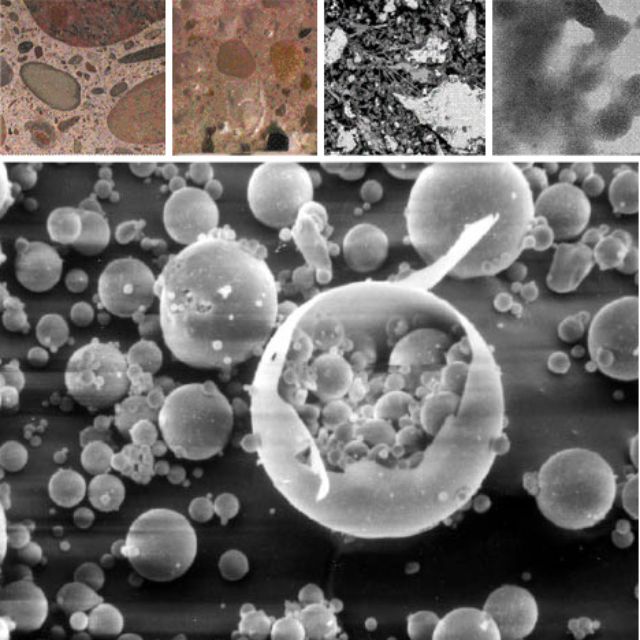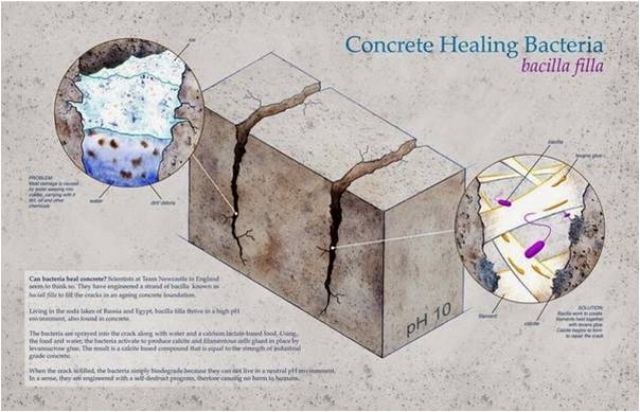Bacteria that Naturally “Heals” Cracks in Concrete

Like so many innovations in material science these days, it sounds utterly fictional and totally fantastic: tiny bacteria (humorously and aptly dubbed BacillaFilla) genetically modified to seek out cracks in concrete then secrete organic glue, effectively as strong as the surrounding structure.
Consider the consequences: compromised buildings could quite literally ‘healed’ by these microbes rather than razed, saving huge environmental, labor and material costs. Picture post-earthquake zones or simply all of the aged infrastructure this could impact, from streets and sidewalks to subway stations and retaining walls.

The giant pyramid-shaped abandoned hotel in Pyongyang, North Korea, comes to mind – intended to be a monumental masterpiece, it cannot even be occupied thanks to its poorly-mixed concrete. The failure is so embarrassing that the state officially denies the building exists, despite numerous photos and satellite images.
Of course, there are built in self-destructs to keep these bacteria from spreading concrete all over the place … but imagine if you coupled their capacity with nano-technology. We may be one step closer to being able to fully program buildings that, to the naked eye, will appear to grow organically out of thin air. Mind-boggling does not begin to cover it.

Here’s a bit more about how it works, via Phys.org:
“The BacillaFilla spores only start germinating when they make contact with concrete – triggered by the very specific pH of the material – and they have an in-built self-destruct gene which means they would be unable to survive in the environment.”
“Once the cells have germinated, they swarm down the fine cracks in the concrete and are able to sense when they reach the bottom because of the clumping of the bacteria. This clumping activates concrete repair, with the cells differentiating into three types: cells which produce calcium carbonate crystals, cells which become filamentous acting as reinforcing fibres and cells which produce a Levans glue which acts as a binding agent and fills the gap.”